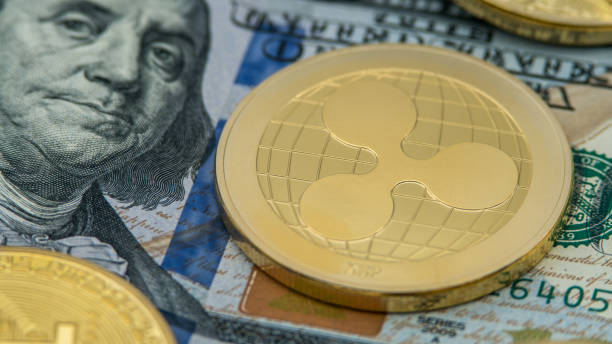With the gradual transformation of financial markets, certain cryptocurrencies are evolving beyond their original speculative nature. XRP, in particular, is making significant strides toward becoming an integral part of global financial systems, with analysts foreseeing a future where it takes on a more prominent role. This evolution is reshaping its perception and highlighting its potential to redefine financial transactions on a global scale. Let’s delve into the factors that are positioning XRP as a cornerstone of financial infrastructure, backed by expert insights and recent developments.
XRP: Transitioning from Speculation to Financial Staple
Why XRP Is Gaining Ground as a Non-Speculative Asset
Crypto analyst MrManXRP has offered an insightful perspective on XRP’s trajectory, showcasing how its current fundamentals and innovations within the XRP Ledger are transforming its role in finance. The analyst’s comments align with XRP’s increasing acceptance as a core reserve asset, underlined by partnerships like VivoPower’s notable $121 million treasury strategy. Further reinforcing XRP’s stature, Webus International’s $300 million commitment and Hyperscale Data’s $10 million allocation illustrate a growing institutional confidence in XRP.
Beyond corporate finance, XRP’s global adoption is expanding. Ripple’s introduction of the RLUSD stablecoin, which is now operational on XRPL and Ethereum, has found its way into platforms such as Aave and BitMEX, further cementing XRP’s utility in diverse financial ecosystems. Adding to this, XRP is involved in significant projects, such as Saudi Aramco’s oil tokenization initiative, embedding XRP into energy asset settlement mechanisms.
The Implications for XRP’s Future Value
As XRP’s institutional adoption accelerates, so does its regulatory backing. MiCA-compliant stablecoins like XSGD, EURØP, and others, now live on XRPL, reflect XRP’s alignment with regulatory frameworks. Ripple’s involvement with ISDA and the launch of XRP futures on Coinbase and CME highlight the asset’s suitability for institutional use. The potential emergence of a Spot XRP ETF is another promising development that could enhance XRP’s market position.
Additionally, RippleNet’s network is experiencing increased adoption, with key partners such as Instarem and Flash Payments leveraging its capabilities. Financial giants like Temenos and Standard Chartered are integrating Ripple’s solutions, setting the stage for XRP to solidify its place as an institutional-grade asset.
Though exact price forecasts remain speculative, projections by analysts like BarriC suggest a future where XRP reaches a value of $1,000, while others, such as Remi Relief, foresee a long-term valuation of $10,000 as it garners widespread financial adoption.
Is XRP Still a Good Investment in 2023?
XRP’s potential as an investment hinges on its evolving role within financial systems. The increasing institutional adoption and regulatory alignment are promising indicators, but investors should consider their risk tolerance and conduct thorough research before investing.
How Does XRP’s Adoption Affect the Cryptocurrency Market?
The expanding adoption of XRP signifies a shift towards recognizing cryptocurrencies as viable financial instruments. This evolution could pave the way for broader acceptance and integration of digital assets within traditional financial systems.
What Are the Risks Associated with Investing in XRP?
Investing in XRP, like any cryptocurrency, comes with inherent risks due to market volatility, regulatory changes, and technological challenges. Investors should remain vigilant, stay informed about market trends, and make decisions based on comprehensive analysis.
In conclusion, the landscape of XRP is evolving, with its adoption extending beyond speculative trading to becoming an integral part of global finance. This guide sheds light on XRP’s current and future potential, helping investors navigate the complexities of this promising cryptocurrency.

